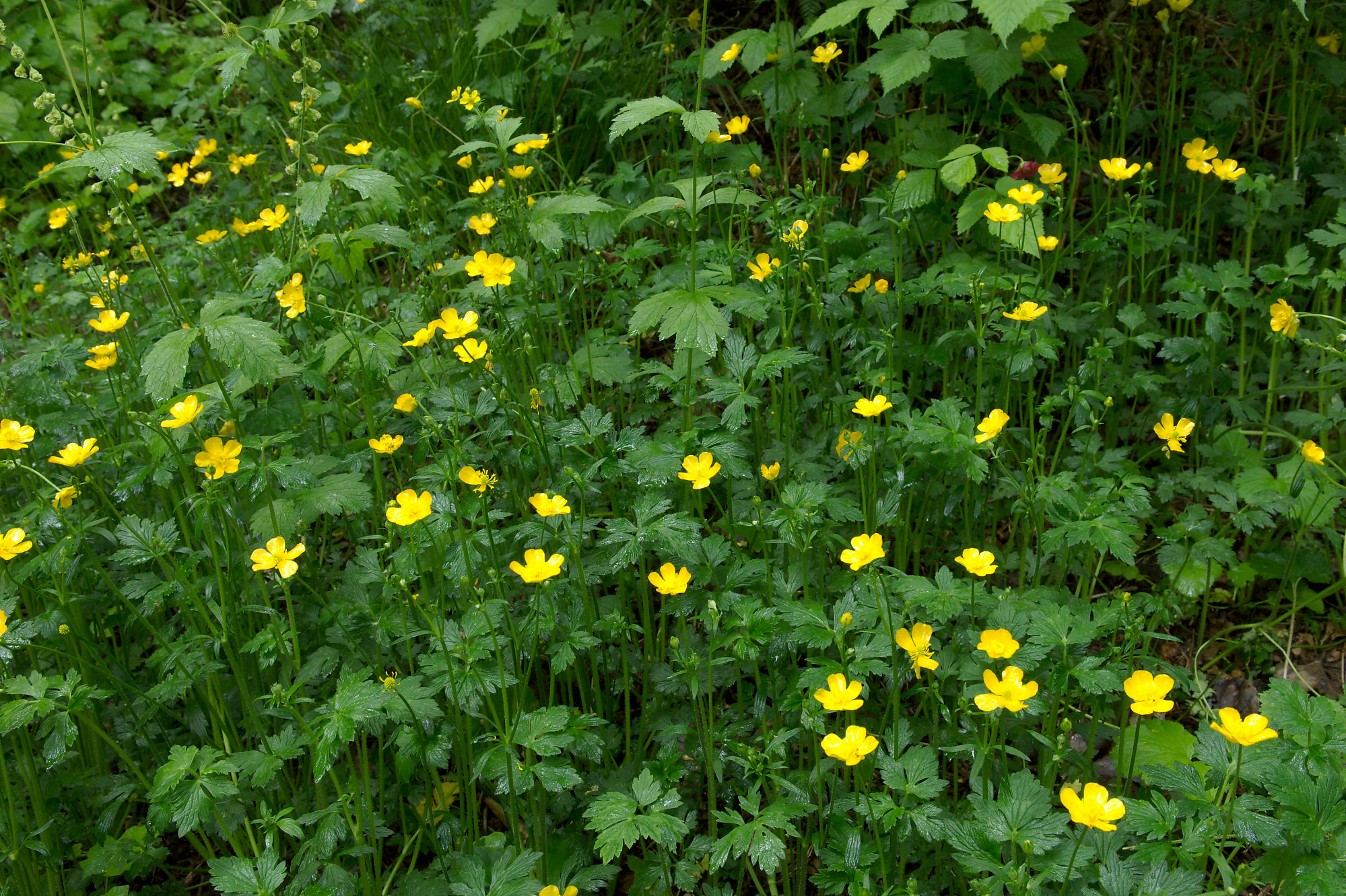

Often riparian or semi-riparian in the drier parts of its range. Don't miss this easy to grow and quite appealing native. Use in porridge or grind and add to baked goods.

Buttercups are not only worthy cut flowers but also a good source of nutrition. Nursery plants may occasionally be available.įor the garden, plant this buttercup in front of the border and in meadows with native annuals and bulbs, blue-eyed grass, shooting stars, woolly blue-curls, and other natives that require little, if any, supplemental summer irrigation.

Propagate easily by seed from seed companies and local exchanges. New seedlings readily volunteer in late winter to spring. By mid-summer the flowers have shed seed, and the plant is dormant. Var cuneatus is found primarily on the north-central coast and blooms from short stems, giving this variety the look of a low ground cover. There are two recognized Varieties: Var californicus is widespread and the flowers rise above the basal leaves on 1 ft to 2ft branching stems. Their native habitat extends into Baja California, Oregon, and some Pacific coast islands. The California buttercup ( Ranunculus californicus), a perennial herb of the Ranunculaceae family, brightens much of California (except the deserts) with 3/4 inch, remarkably glossy, deep yellow flowers, each with 9 to 17 petals. Transfer the plant from the small container to the ground (just like you would if you had purchased the plant from a garden center).About California Buttercup (Ranunculus californicus) 25 Nurseries Carry This Plant.
#Buttercup plant facts full
Gradually move the containers to full sun, rain, and the rest of the elements so it is “hardened” to the elements.


 0 kommentar(er)
0 kommentar(er)
